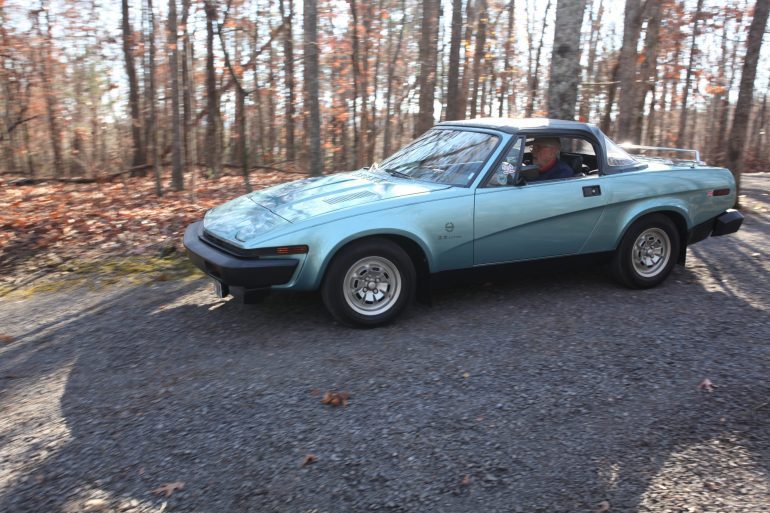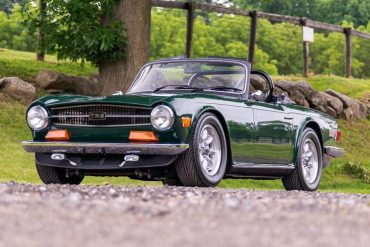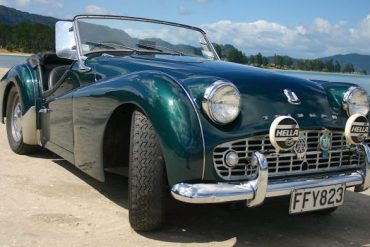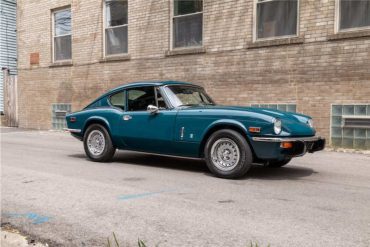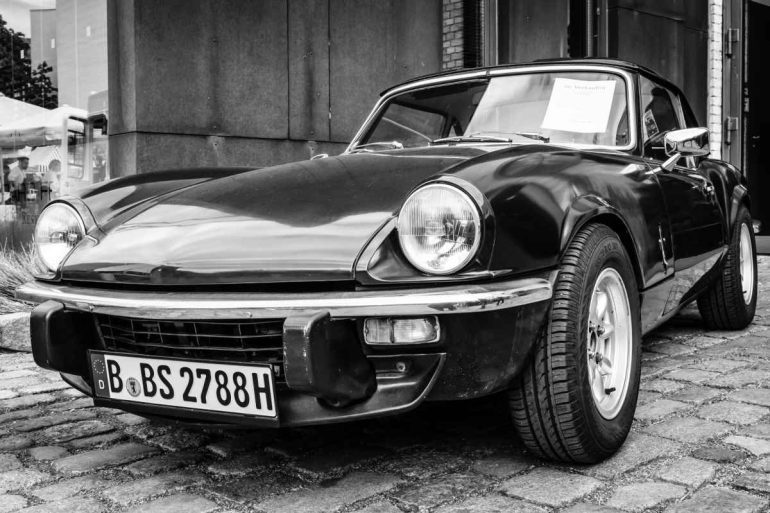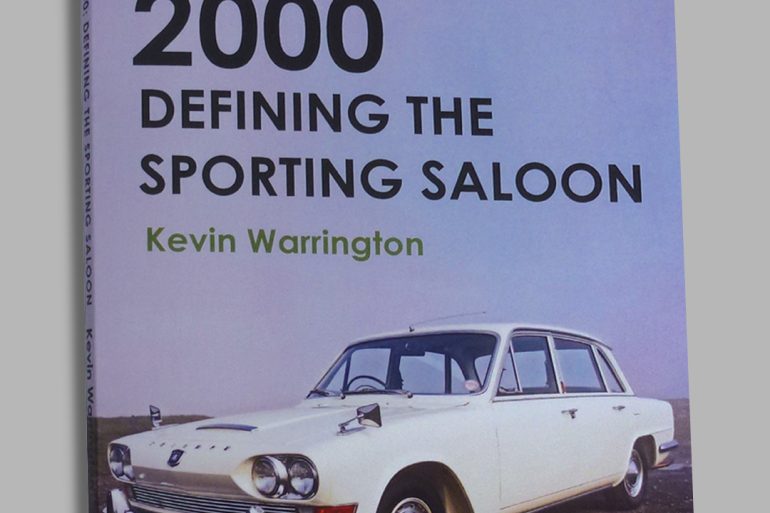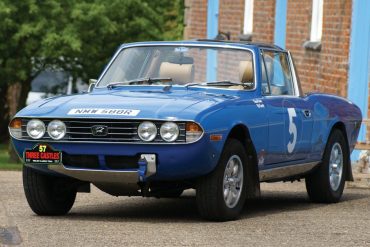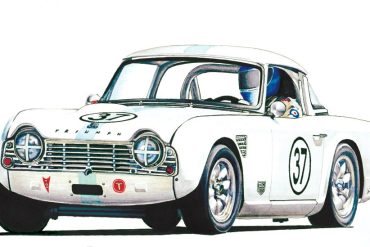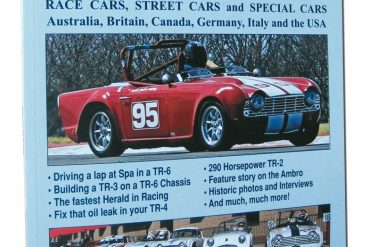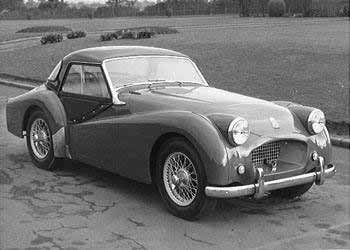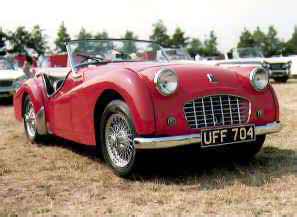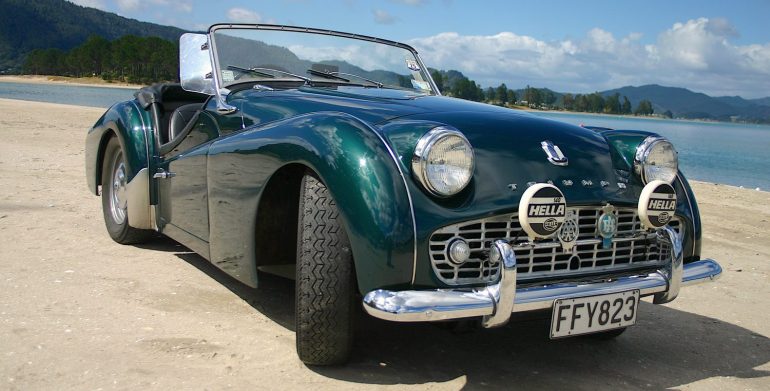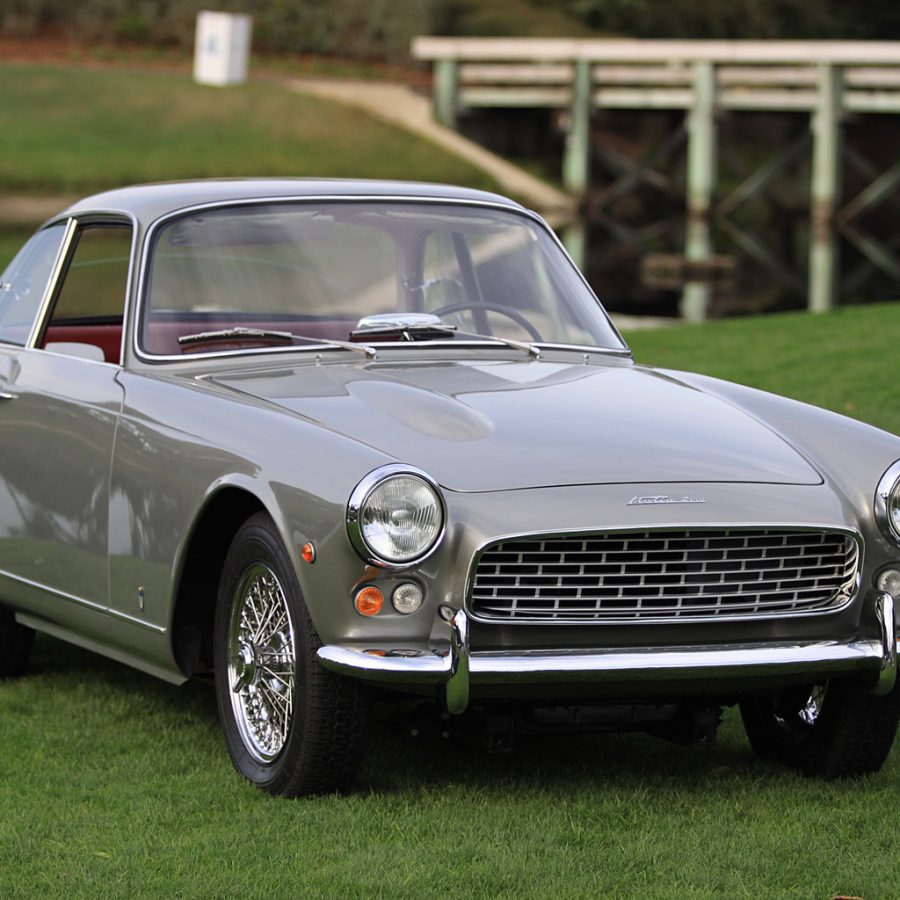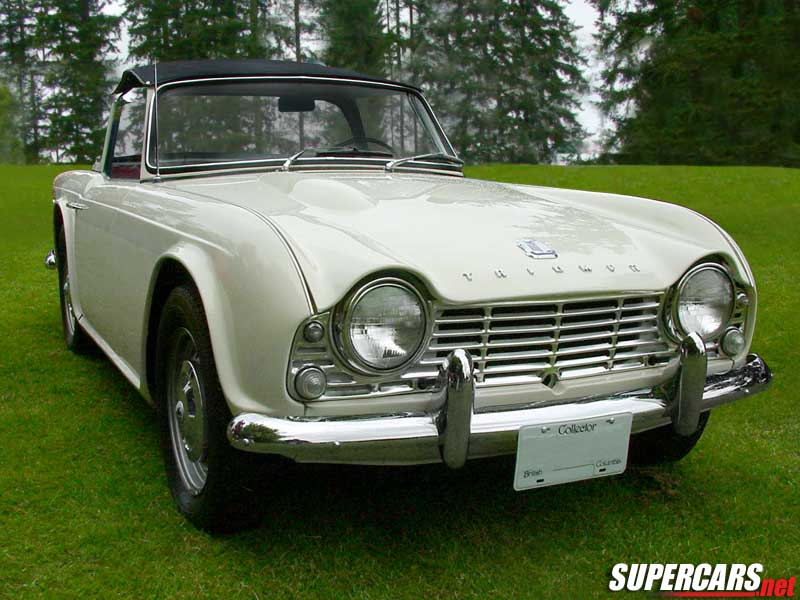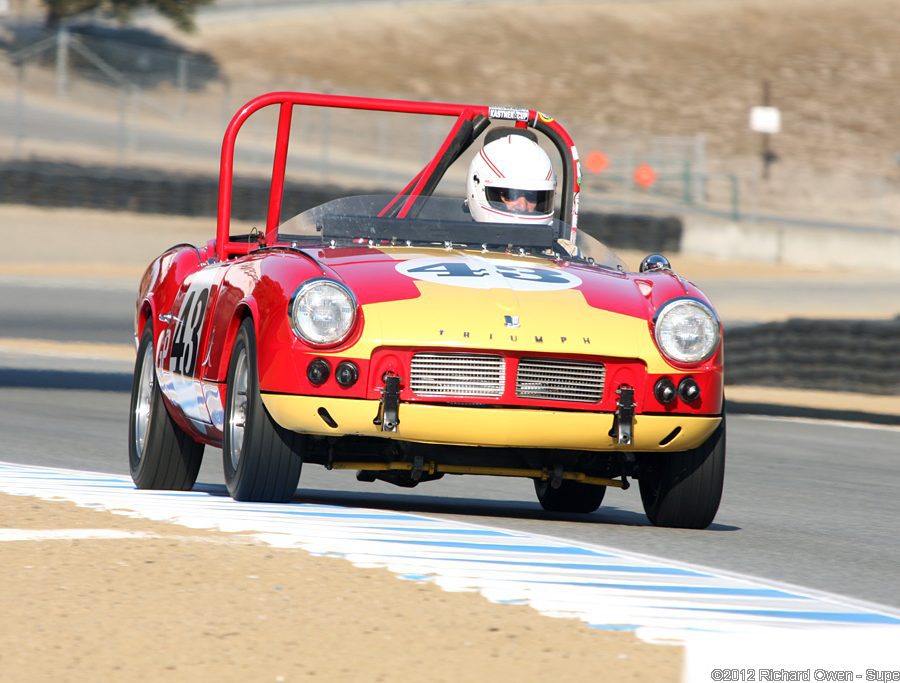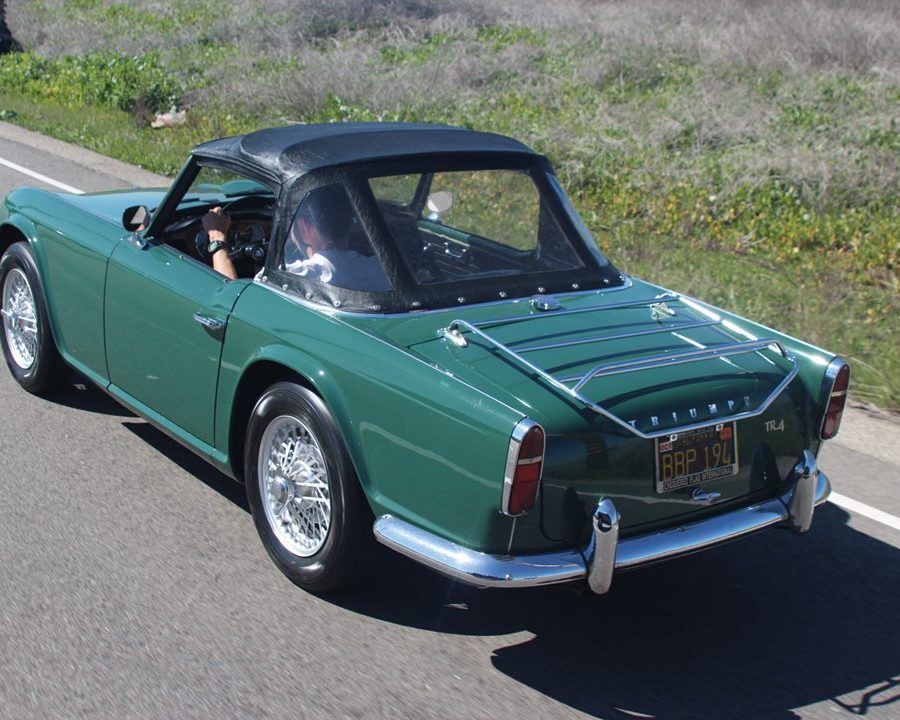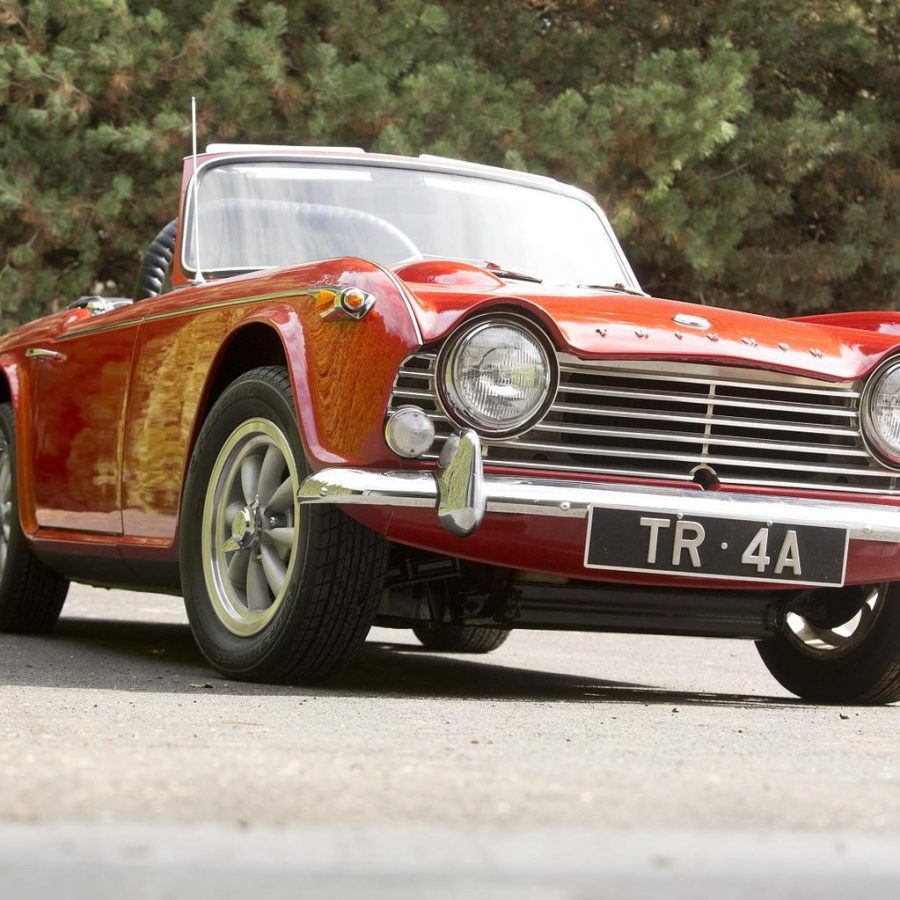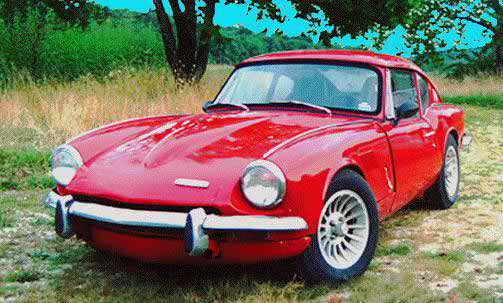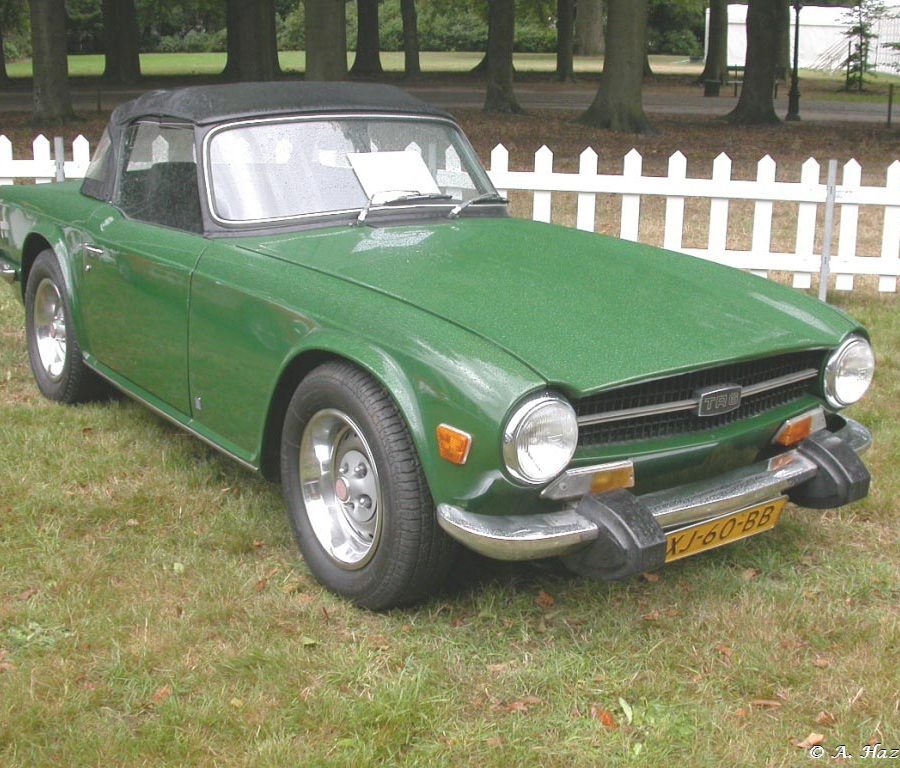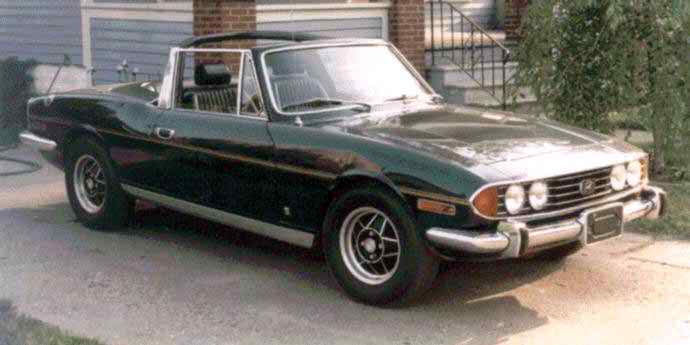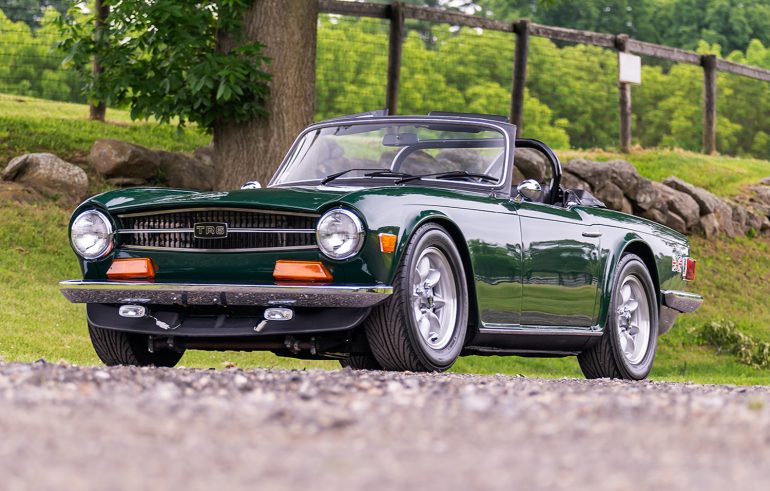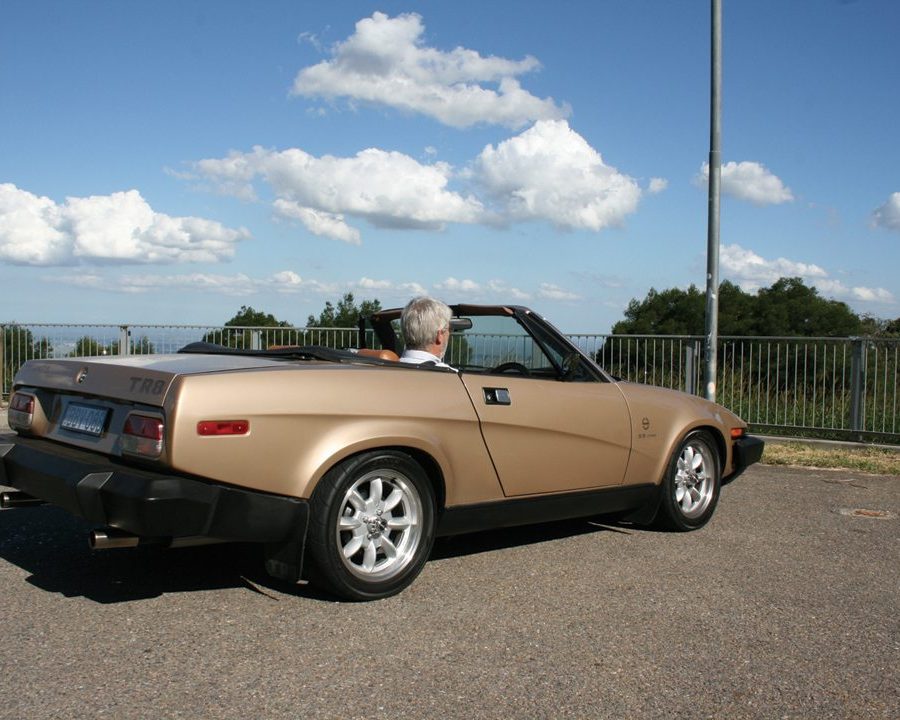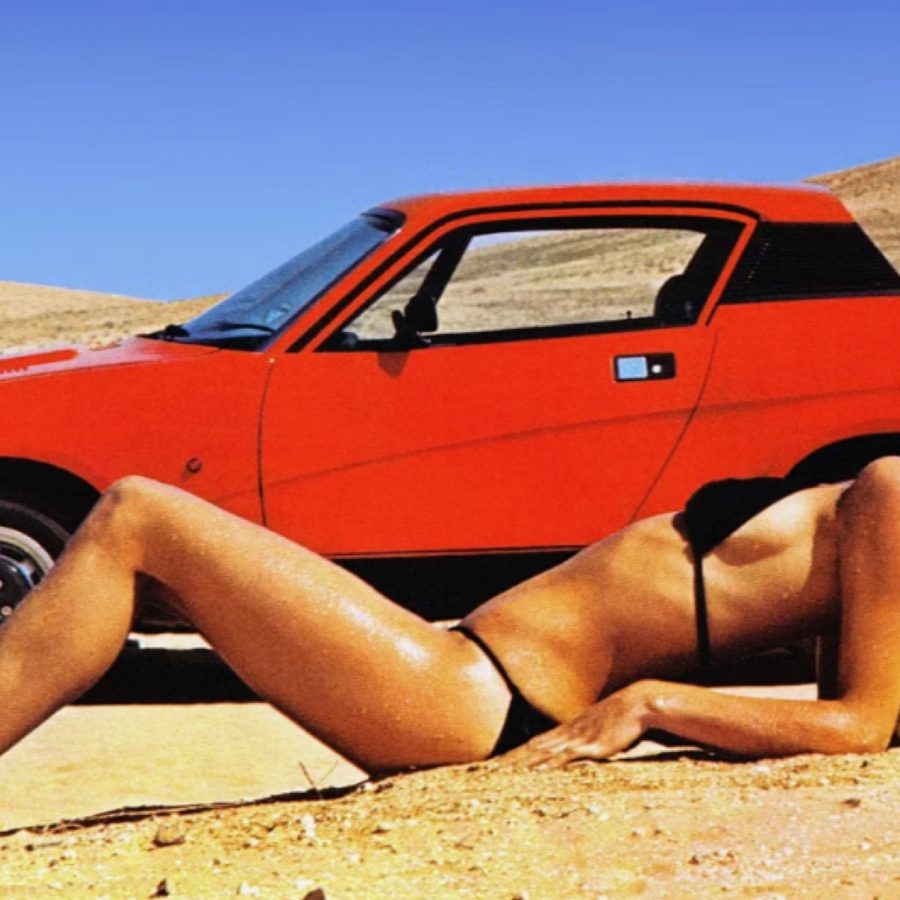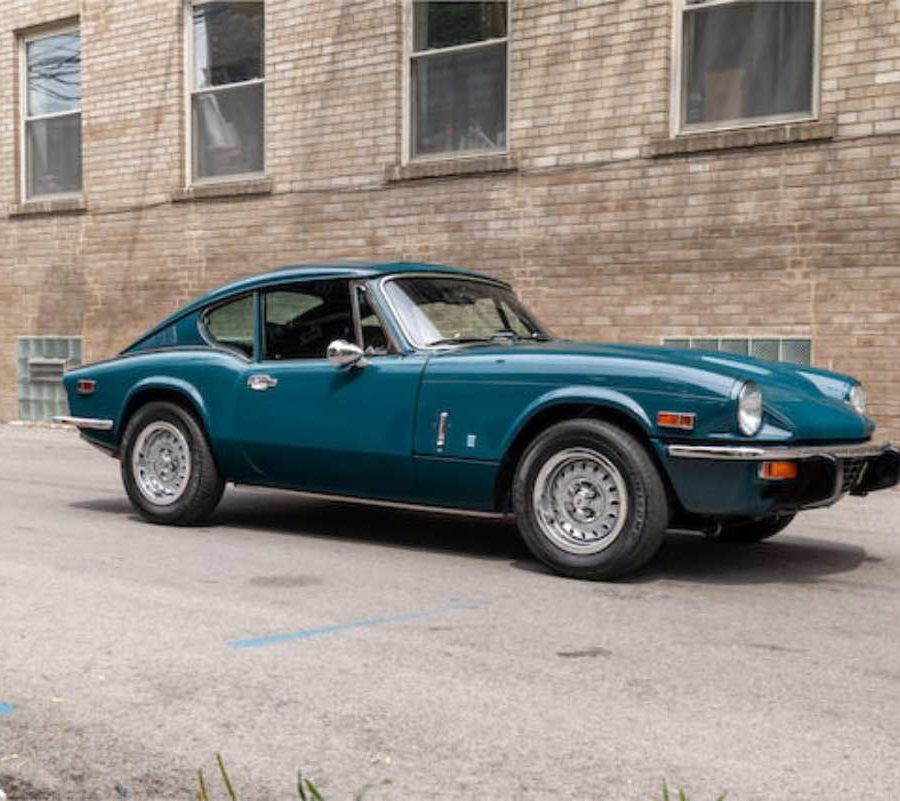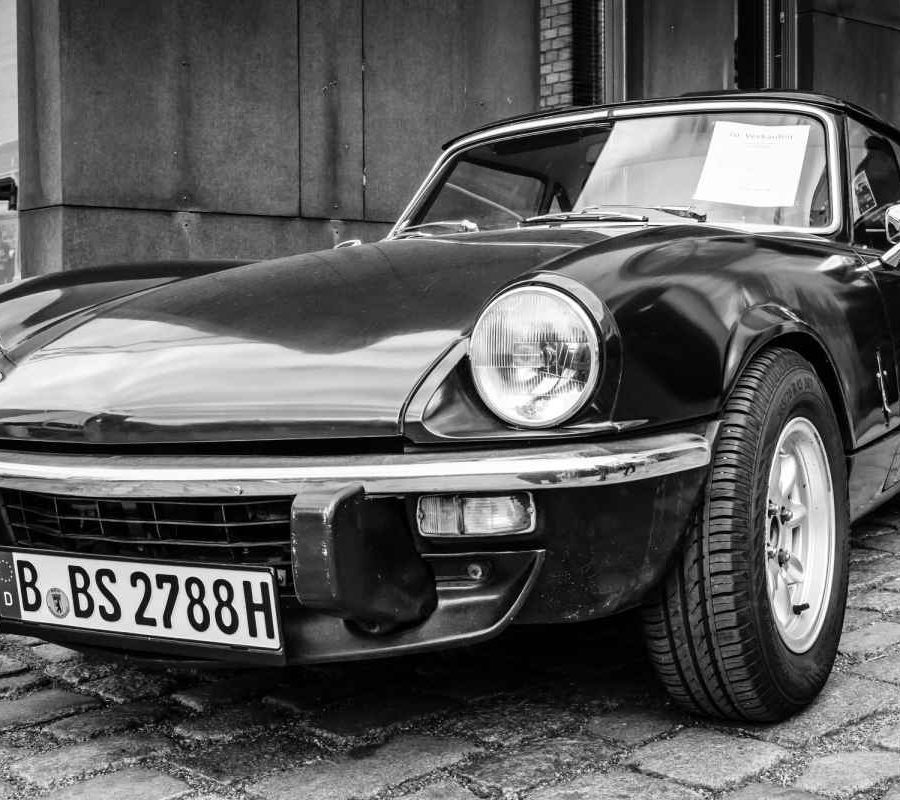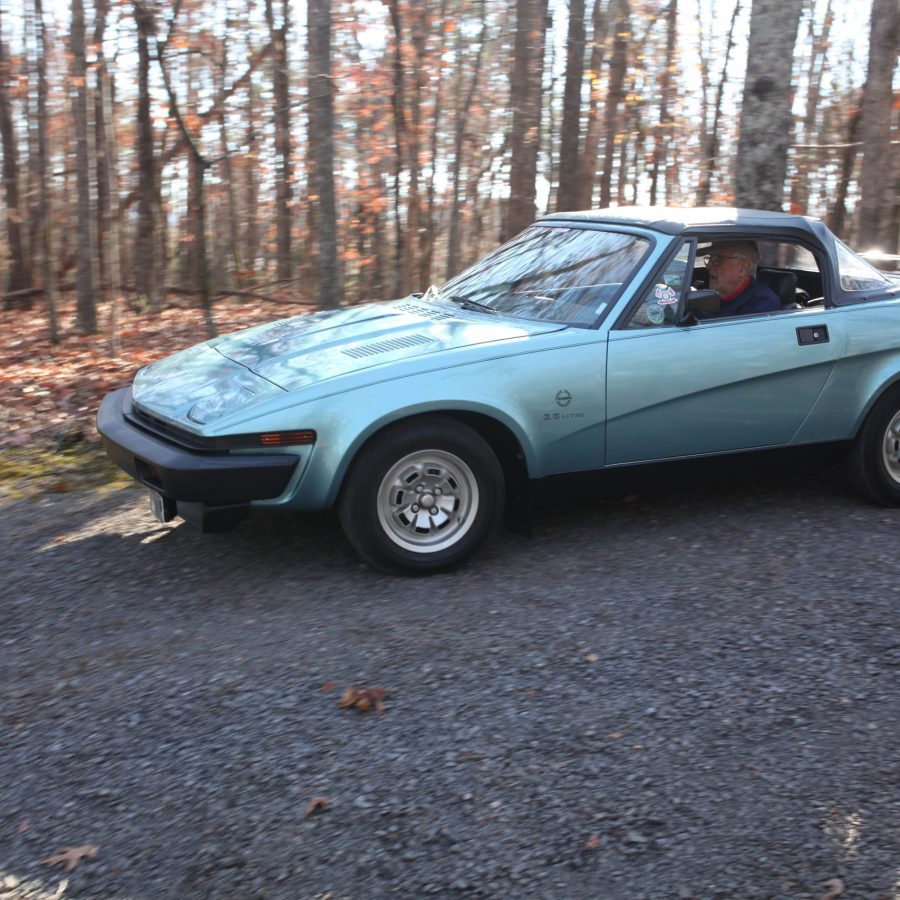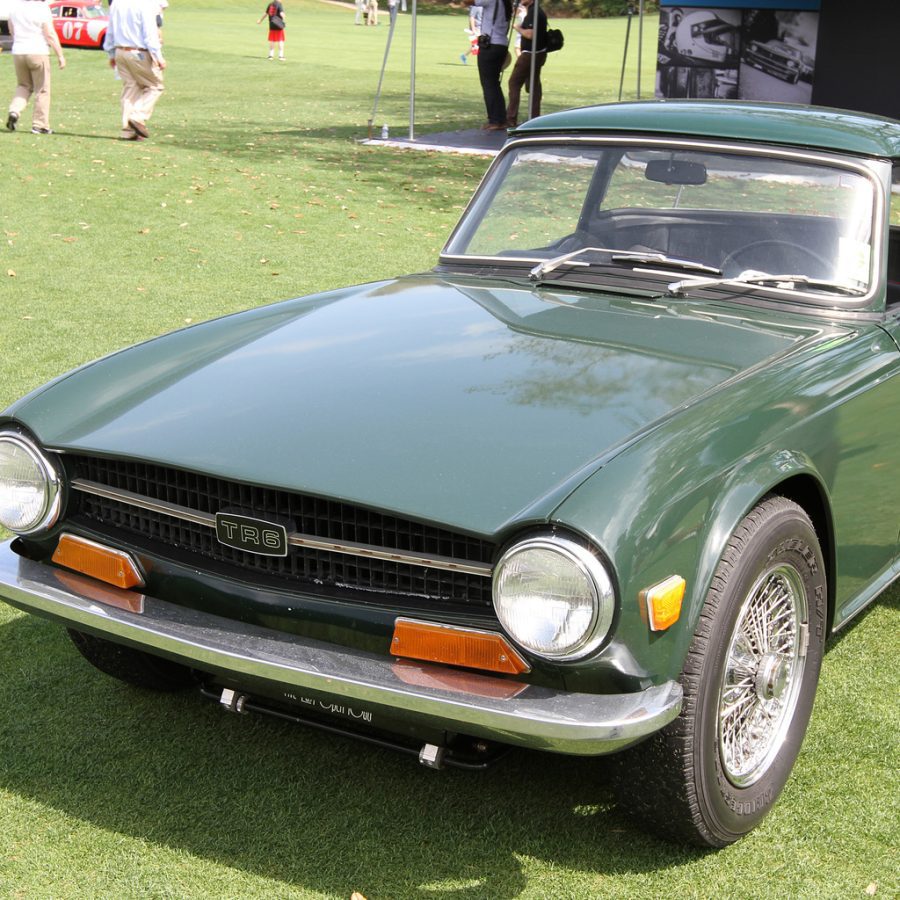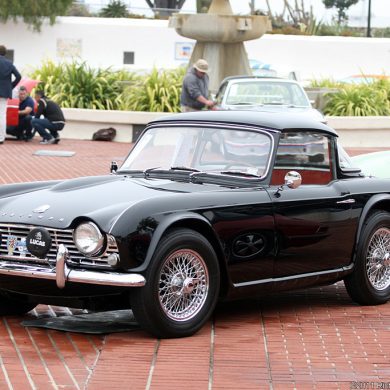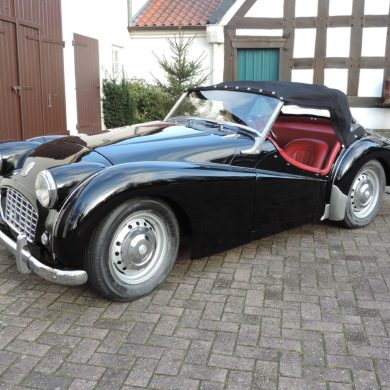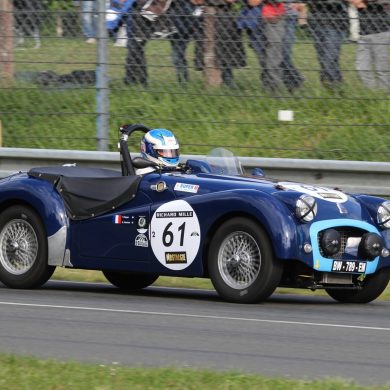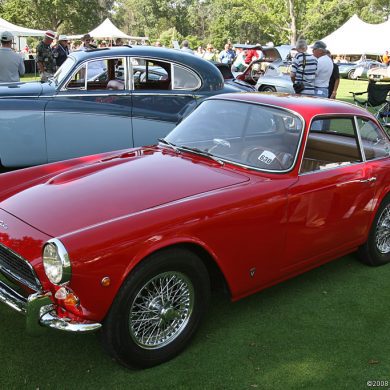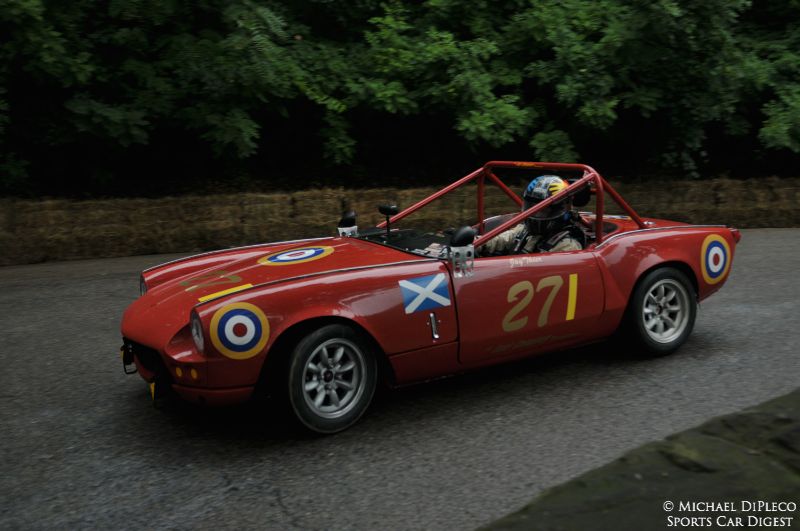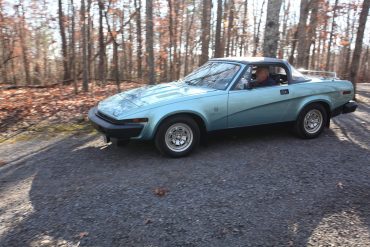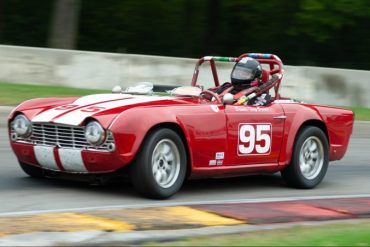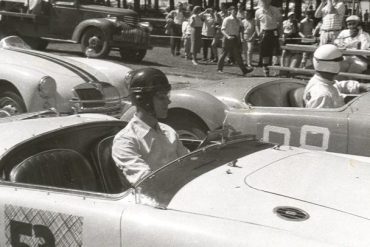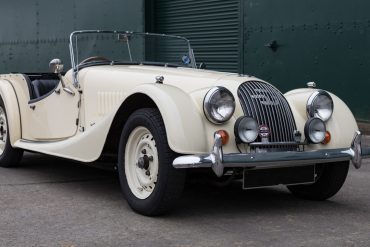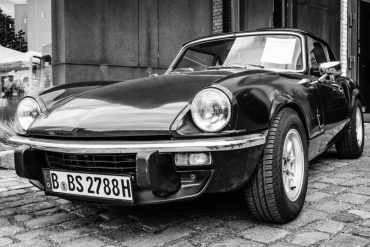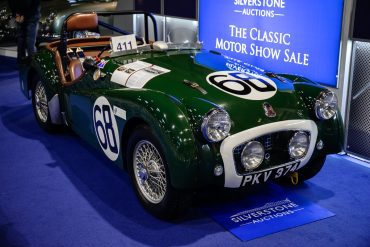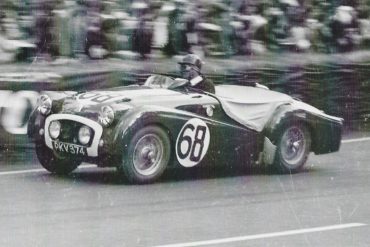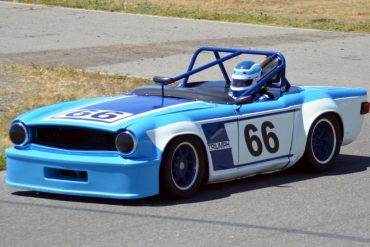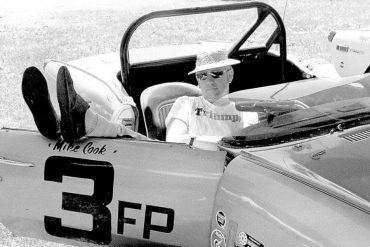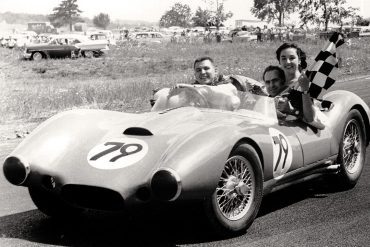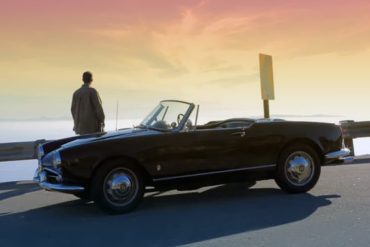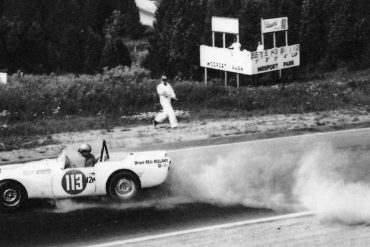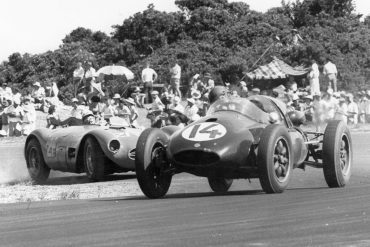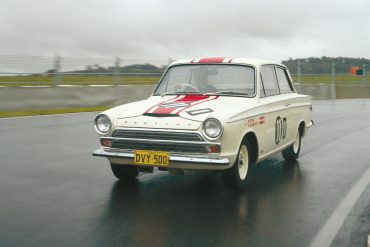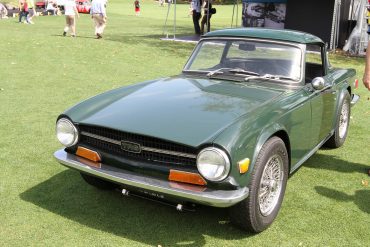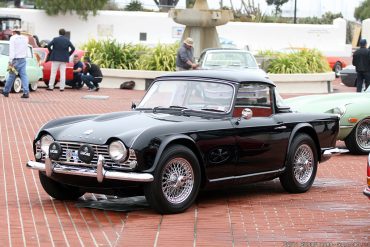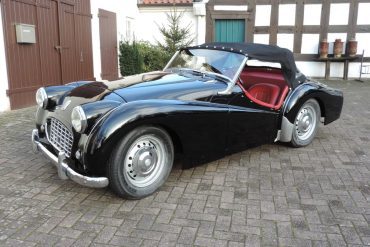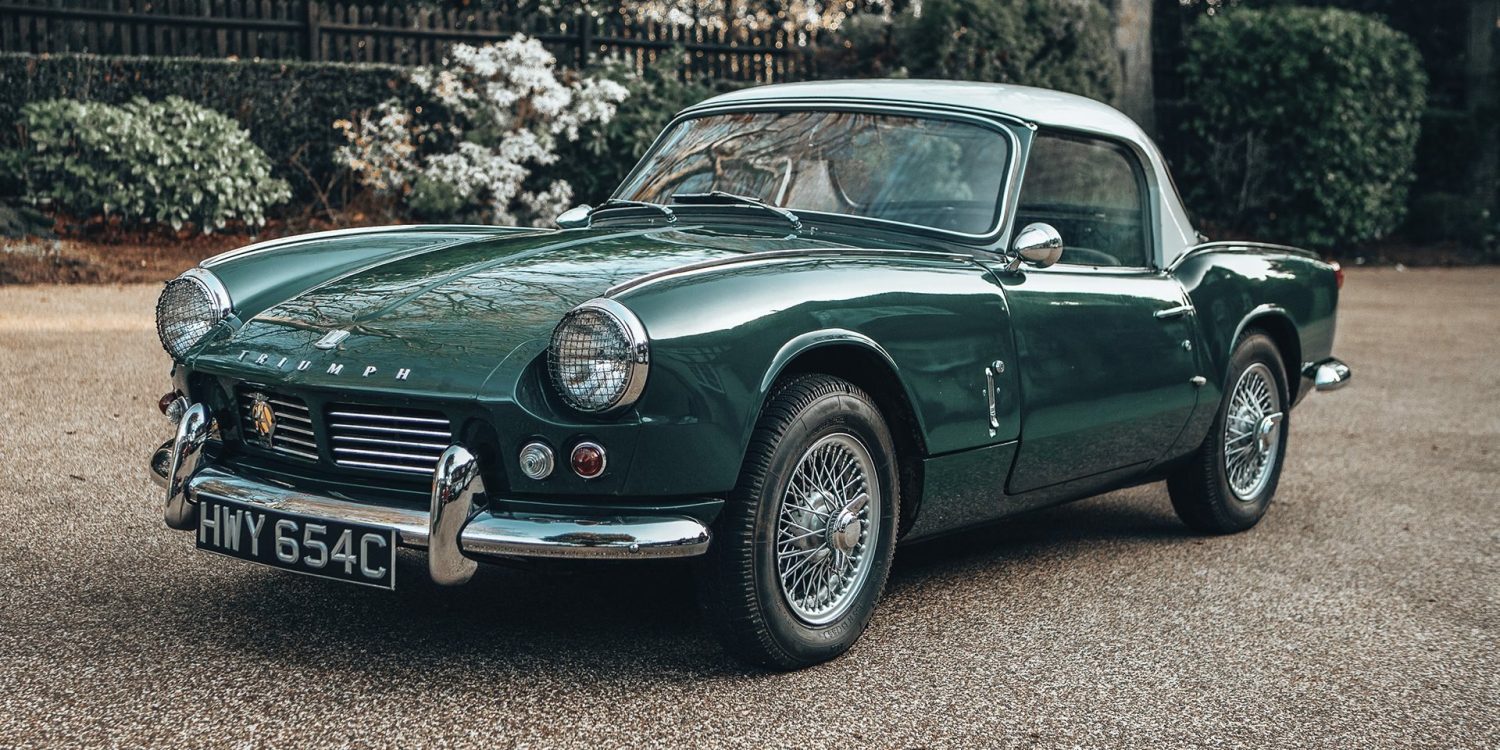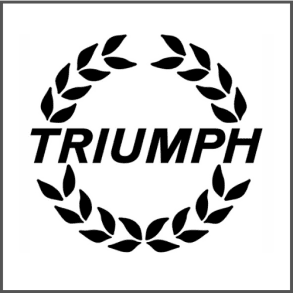
Triumph Motor Company
Research, History, Reviews, Media & More
The Introduction / Model Guides / Galleries / News & Updates / Featured Stories / Performance Data
Triumph: A Journey Through British Sports Car Heritage
Triumph is a historic British car manufacturer known for producing stylish, affordable, and iconic sports cars that have left a lasting legacy in automotive history. From its beginnings in the late 19th century to becoming a beloved brand in the 1960s and 1970s, Triumph played a key role in defining the classic British roadster. This post explores the founding of Triumph, its evolution, the car models that made it famous, and the milestones that marked its journey.
The Founding: From Bicycles to Automobiles
The Triumph story began in 1885 when Siegfried Bettmann, a German immigrant, founded the Triumph Cycle Company in Coventry, England, initially producing bicycles. By the early 20th century, Triumph expanded into motorcycle production, gaining a reputation for reliability and performance.
The move into car manufacturing came in 1923, with the establishment of the Triumph Motor Company. The company produced its first car, the Triumph 10/20, in 1923, marking the beginning of Triumph's automotive journey. The brand initially focused on producing small, affordable cars, but it wasn’t until the 1930s that Triumph started gaining recognition for its more stylish and performance-oriented models.
The Evolution of Triumph: From Pre-War Elegance to Post-War Sports Cars
Triumph's rise to fame as a producer of iconic sports cars is marked by several key developments and car models that helped define the brand:
Pre-War Triumph: The Gloria and Dolomite (1930s)
In the 1930s, Triumph shifted its focus to producing more upmarket, stylish cars, with models like the Triumph Gloria and Triumph Dolomite. The Dolomite, introduced in 1934, was particularly notable for its advanced engineering and elegant design. It featured a flowing body shape and a performance-oriented engine, making it one of the most desirable British cars of the era.
However, despite producing beautiful and innovative cars, Triumph struggled financially, and the company went into receivership in 1939.
Post-War Revival and the Birth of the TR Series (1950s-1960s)
After World War II, Triumph was acquired by the Standard Motor Company, which revived the brand and shifted its focus toward producing sports cars. This led to the creation of the Triumph TR series, which would become the brand's most famous and successful range.
The Triumph TR2, launched in 1953, was the first of the TR series and was designed to be an affordable sports car that could compete with the likes of the MG. The TR2 was an instant hit, thanks to its stylish design, reliable 2.0-liter engine, and impressive performance. It could reach speeds of up to 105 mph, making it one of the fastest sports cars in its price range.
The TR2 was followed by the Triumph TR3 in 1955, which introduced disc brakes, making it the first production car to feature this technology. The TR3 became popular in both the United States and Europe, cementing Triumph's reputation as a leading sports car manufacturer.
Triumph’s Golden Era: The TR4 and Spitfire (1960s-1970s)
The Triumph TR4, introduced in 1961, marked a departure from the traditional styling of its predecessors, featuring a more modern, angular design by Italian designer Giovanni Michelotti. The TR4 offered new features such as wind-up windows, an optional hardtop, and improved performance, making it a popular choice among sports car enthusiasts.
Alongside the TR4, Triumph launched the Spitfire in 1962, an entry-level sports car that offered a combination of affordability, style, and fun driving dynamics. Named after the famous World War II fighter plane, the Spitfire featured a sleek, compact design and a lively 1.1-liter engine. It became one of Triumph's best-selling models and introduced many drivers to the joys of open-top motoring.
The TR6, launched in 1969, was another standout model, featuring a more aggressive look and a powerful 2.5-liter six-cylinder engine. The TR6 was one of the most successful TR models, with over 91,000 units produced during its production run.
The Stag and the Final Years (1970s-1980s)
In the 1970s, Triumph expanded its lineup with the introduction of the Triumph Stag in 1970, a luxurious four-seat convertible designed to compete with high-end GT cars. Powered by a 3.0-liter V8 engine, the Stag offered a blend of performance and comfort but suffered from reliability issues that ultimately affected its sales.
Triumph continued to produce cars throughout the 1970s, with models like the TR7 and TR8. The TR7, launched in 1975, featured a radical wedge-shaped design that was a departure from the brand’s classic styling. However, the brand struggled to maintain profitability, and by the early 1980s, Triumph was facing increasing financial challenges.
In 1984, production of Triumph cars came to an end when its parent company, British Leyland, decided to discontinue the brand, marking the end of an era for one of Britain’s most beloved car manufacturers.
Special Milestones and Achievements
Triumph achieved several significant milestones throughout its history, contributing to its legacy in the automotive world:
Introduction of Disc Brakes: The Triumph TR3 was the first production car to be fitted with disc brakes as standard, setting a new benchmark for safety and performance in sports cars.
Racing Success: Triumph's cars were not just popular on the road but also in motorsports. The TR2 and TR3 achieved success in endurance races like the 24 Hours of Le Mans and the Rally Monte Carlo, demonstrating their reliability and performance.
Affordable Sports Cars for the Masses: Triumph’s TR series and the Spitfire made sports car ownership accessible to a wider audience, offering an affordable way to experience the thrill of open-top driving.
Iconic Design Collaborations: Triumph worked with renowned designers like Giovanni Michelotti, who helped create some of the brand’s most iconic models, including the TR4 and the Stag.
The Legacy of Triumph
Triumph’s legacy as a producer of stylish, affordable sports cars continues to be celebrated by enthusiasts around the world. The brand’s ability to deliver driving excitement, innovative features, and timeless designs helped it earn a place in automotive history. Today, classic Triumph models remain highly sought after by collectors, and the brand's impact on the British sports car scene is undeniable.
While Triumph is no longer producing cars, its influence can still be felt in modern British sports cars, and its models remain a symbol of an era when driving was all about fun, freedom, and the open road.
Triumph Basics
Founded: 1885 (as S. Bettmann & Co. Import Export Agency)
Defunct: 1984
Fate: Acquired by Leyland Motors (1960). Marque retired (1984). Marque acquired by BMW (1994)
Headquarters: England, UK
Founders: Siegfried Bettmann, Moritz Schulte
Parent: Standard Motors Ltd, Leyland Motors Ltd., British Leyland Motor Corporation Ltd, BL plc
Did You Know?
Triumph originally began as a bicycle manufacturer in 1885 under the name Triumph Cycle Company. It wasn't until the 1920s that the company transitioned into producing cars.
The Triumph TR3, introduced in 1955, was the first production car in the world to feature disc brakes as standard equipment. This innovation greatly improved braking performance and safety, setting a new standard for sports cars.
The Triumph Spitfire, introduced in 1962, was named after the famous World War II Spitfire fighter plane. This compact, affordable sports car became one of Triumph's best-selling models, offering an entry-level experience into the world of open-top motoring.



